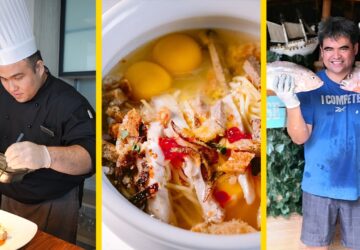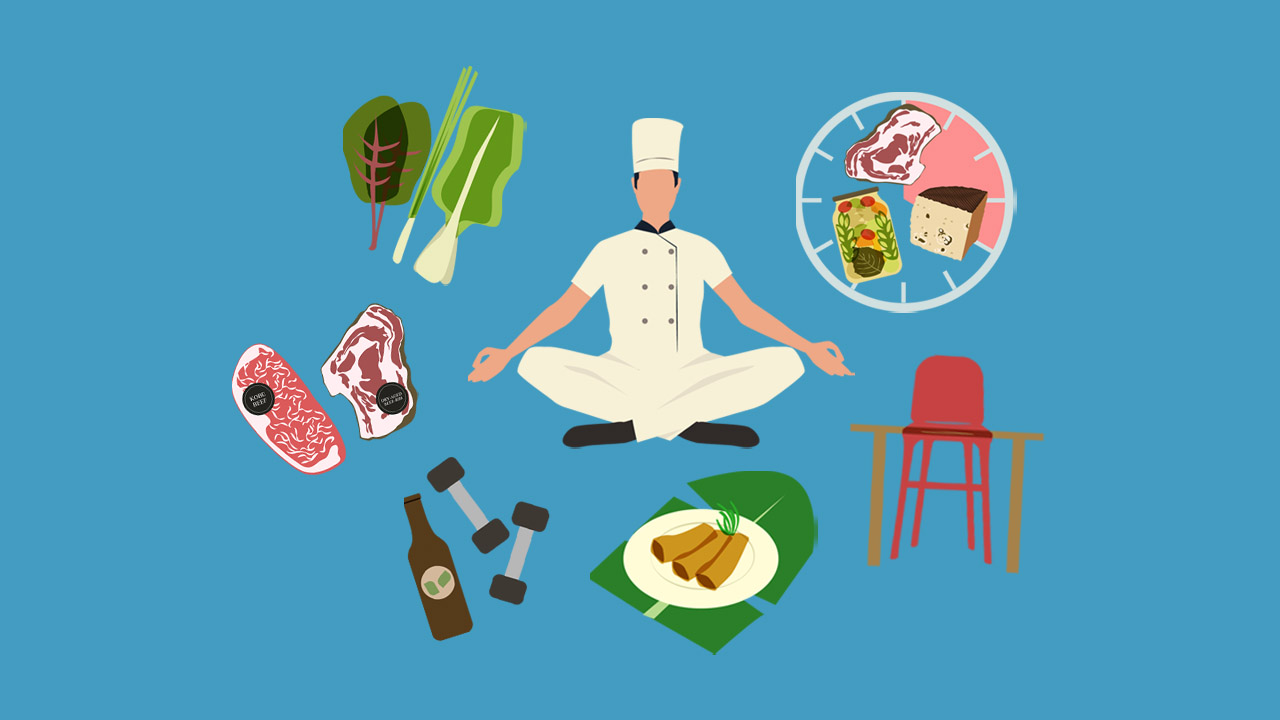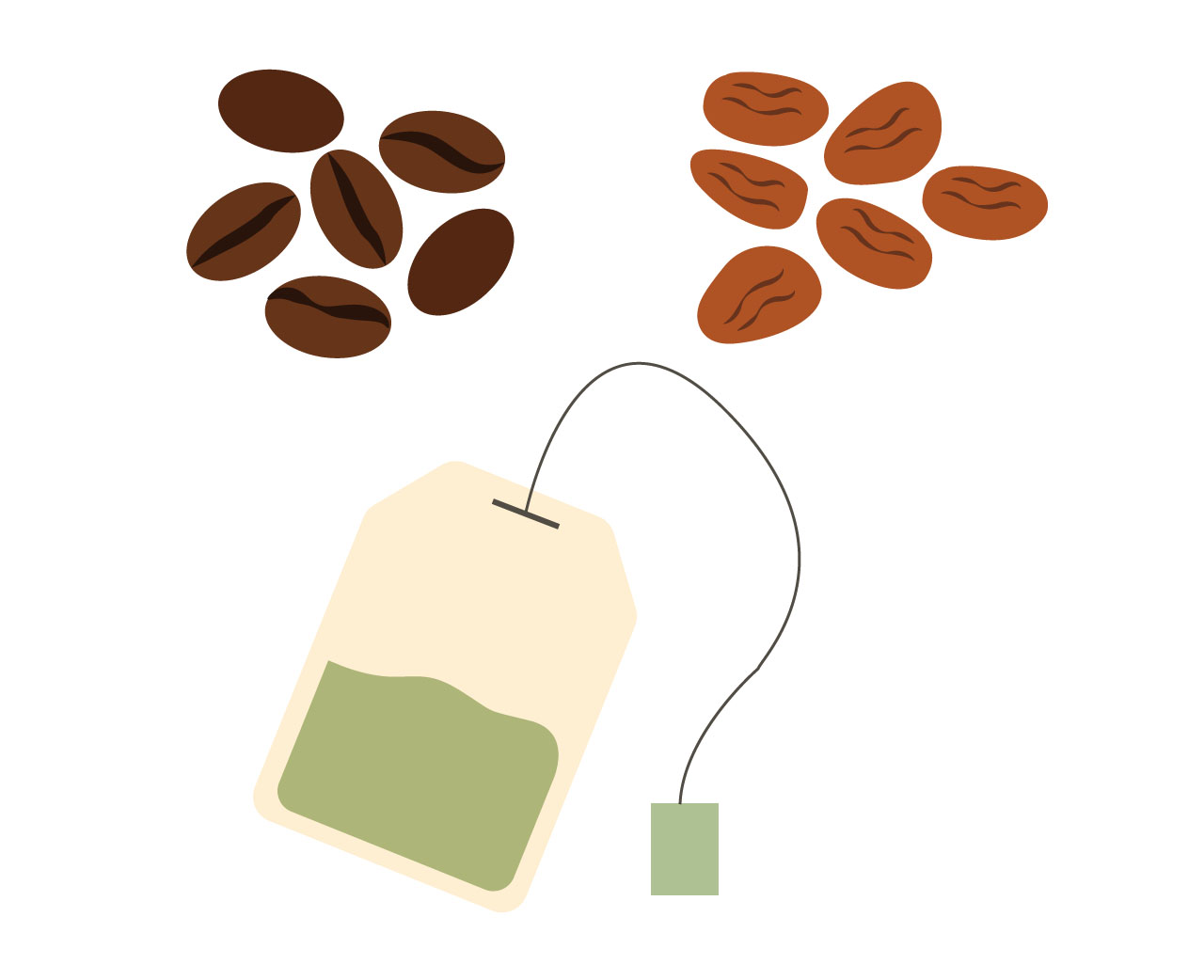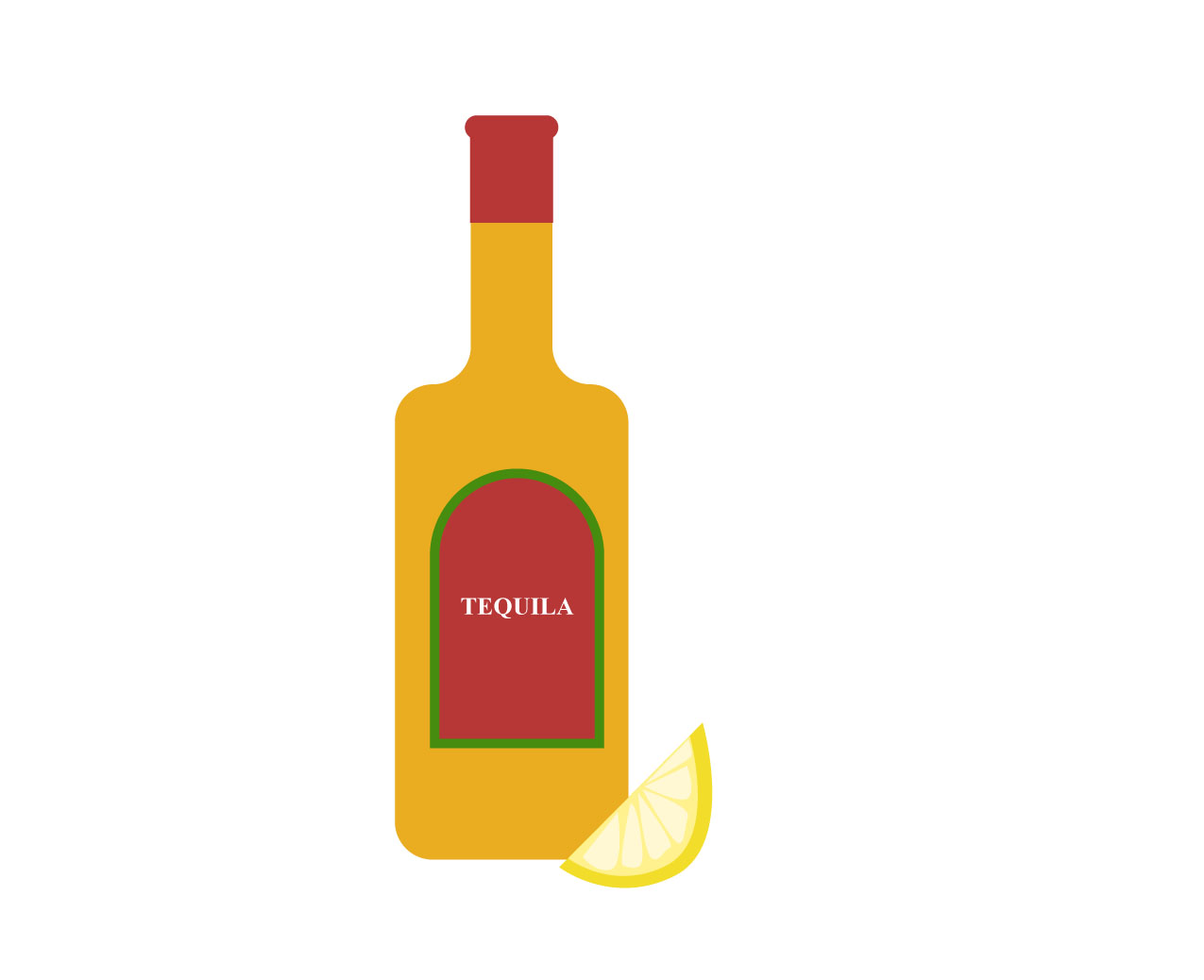2019 was a whirlwind year for the F&B industry. It saw the rise of matcha, elevated Filipino cuisine, and food delivery. It also witnessed the demise of some foreign restaurant franchises and the exit of food parks from the scene. It celebrated fresh talents and welcomed returning personalities. It was also a generally peaceful year with minimal controversies and challenges hounding the hospitality industry.
But the coming year is proving to be an interesting one, what with international and local food trends that will push boundaries once again. The vision is clear for 2020: It’s going to introduce a bevy of technological advances while taking a step back to basics. It would be interesting to observe how this dichotomy pans out and how industry players will work around both. Can newcomers keep up? Can established enterprises adapt?
Here, find 15 food trends that will see the light of day in 2020, as showcased in CatchOn’s 5th edition of their Future of Food Report and seconded by some industry players. Get your tablets ready and start taking down notes.
Time is gold
Working with time has often been a challenge for many in the F&B industry. But one emerging trend for the coming year is time-dependent food. Think: Maturation of meats, preservation of fruits and vegetables, ageing of dairy products. This is the year to experiment with time, whether using it to the maximum to expose hidden flavors in ingredients or challenging it to produce intricate creations.
“Time has always been a qualifier for excellence. For ingredients as diverse as balsamic vinegar or dried tangerine peels, the slower-is-better concept holds true,” says the report. Chefs find inspiration in history and traditional techniques to come up with new dishes. “We can expect these newfangled recipes to filter into private homes, with new technology to match. The past decade has already seen gadgets like food dehydrators, smart slow-cookers, and desktop yogurt makers making their way into home kitchens.” Yes, this trend is once again an offshoot of science and advanced technology. Do you need to slow down to come up with slow food?
Bitter is better
Say goodbye to sugar because it’s time for bitterness to steal the spotlight. Yes, 2020 is ampalaya’s year. Previous food trends that promoted foraging and seasonal dining have resulted in an appreciation for underappreciated flavor profiles beyond the usual sweet and salty.
“Bitterness is finding its way into the zeitgeist as chefs continue to explore the potential of underrated ingredients and diners demand flavor profiles that fall outside their comfort zone,” says CatchOn’s Future of Food Report. But aside from ampalaya, expect bitter ingredients like cacao, coffee, tea, broccoli, arugula, and Brussels sprouts to make it into many dishes this 2020.
Coming in at second place is the salty-sour diptych that can be found in pickles, kimchi, vinegar, shrubs, and zingy spices. Even the beverage world welcomes this flavor combination, as evidenced by The Old Man in Hong Kong, which introduced cocktails featuring kombu, shellfish, and salts.
Ghosting
With restaurants facing exorbitant rent increases, overhead costs, rising wages, and personnel challenges, new solutions are sprouting up to challenge traditional business models. One solution? Ghost kitchens or shared kitchens among multiple food enterprises to cater to various needs. Some of these that have been operating abroad even offer data analytical services to help merchants adjust menus to boost sales.
“Ghost kitchens—also known as cloud or virtual kitchens—are restaurant locations built exclusively for takeaway orders,” says CatchOn’s Future of Food Report. “Based on the successful concept of co-working spaces, multiple restaurants and delivery brands operate from a shared kitchen.
This phenomenon is hardly surprising given the global explosion in home delivery services. According to market research figures, the global online food delivery market is currently valued at US$95 billion and is projected to grow by more than 11 [percent] annually through to 2023. The demand is most prominent in Asia where the online food delivery market is estimated at US$53 billion, more than 50 [percent] of the global share.”
Embracing AI
At this juncture, it is suggested to embrace innovations and advanced technology, rather than be apprehensive about all this newness. It might just do your business some good. Enter: Artificial Intelligence in the food and hospitality industry. “The crossover between food and technology is greater than ever, not just in consumer-facing applications, but behind the scenes in product development,” says the report.
Some examples: An online restaurant booking site can pair solo diners together. Bots can now take orders and make reservations. AI can forecast future food trends and create personalized experiences in fast food chains. Flavor-testing technology can help FMCGs set targets.
Website Foodpairing.com can easily assess and pair different ingredients to create new flavor combinations. “The premise is that if two ingredients possess similar primary aroma compounds, they are likely to be a match made in culinary heaven.” Meanwhile, McDonald’s had acquired Dynamic Yield to introduce technology that will help hungry motorists order “from drive-through menus designed based on weather, restaurant traffic, and trending menu items.” Are you ready for the future?
Meat of the matter 
Here’s a surprising offshoot of vegetarianism that no one really expected: Artisanal meats. Since more people have become more conscious of what they eat, even meats are scrutinized further. “Consumers want to know where the meat came from, how it was raised, and what it was fed.” Certifications will be prized, and even packaging and promotional materials with the farmer’s name and the farm’s photo will offer extra value.
“Artisanal meats can be divided into two main categories. First, gourmet—usually rich and with fat marbling, such as Kobe beef and Iberico pork. Second, environmentally sound—grass-fed, local, and free-roaming.” With rising global incomes, demand for these artisanal, luxury meats will also increase.
“Traceability is the new black!” says chef Jam Melchor.
Plant power
“Definitely more plant-based and plant-heavy dishes will come out on restaurant menus,” says Liza Hernandez-Morales, institute director of Le Cordon Bleu Ateneo de Manila. “The trend of eating clean will continue. Restaurants will be heeding the demand of diners for food that’s organic, free of chemicals, and without artificial ingredients or preservatives,” agrees PR practitioner Nana Nadal.
But what could be different this time around? Chef Jam Melchor suggests that imperfection will be more accepted by diners. This applies to produce that show their most natural form. Sustainable menus will even encompass no-waste dishes that use every piece and part of an ingredient. Natural probiotics will also make an entry into the market.
Done with dairy
There is evidence that consumers are now moving away from dairy products and choosing plant-based alternatives instead. There was a time when soya was the only available alternative in the market, but today’s supermarket aisles offer a range, from cashews and almonds to coconut and hemp. “This market growth is driven by consumers’ interest in healthier eating habits, animal welfare, and environmental issues,” says the report.
And chefs are starting to embrace this and keeping up with demands. Chef Richard Ekkebes recently relaunched his restaurant at The Landmark Mandarin Oriental in Hong Kong. His bold move saw him replacing butter, cream, and milk with cold-pressed, plant-based oils.
“A certified nutritionist, Ekkebus wanted to address diners’ changing expectations and health-conscious lifestyles. The dairy-free menu also caters to the rising number of lactose-intolerant or allergy-prone diners.” Time to come up with dairy-free cheese and vegan ice cream.
Edible wellness
Ever heard of wellness beers? They’re the same ol’ beer but offer good health benefits. How is that even possible?
“Manufacturers are turning up the feel-good factor and marketing products that promise to enhance your well-being or help you achieve your fitness goals. The lines between vice and virtue have never been more blurred,” says the report.
Products on your kitchen pantry and beauty shelf might soon become one, what with products that redefine “skin food.” Skincare brand Gold has released edible superfood masks that can be applied on the face or added to smoothies. Grown-up gummies are also entering the market, promising “glowing skin, shinier locks, and a better you.”
Away from the capital
It’s time to pack your bags and move away from Manila. Secondary cities, away from a country’s capital, are being touted as ideal locations for new restaurants. All over the world, there has been a movement to turn these second cities into new culinary destinations. Think: Brisbane over Sydney, Chengdu over Beijing, Lyon over Paris, and Los Angeles over New York.
Low rent, less competition, and more conducive environments make this movement more appealing. Prices of dishes will also be lower, making it a win-win for business owners and diners. Any new cities in mind? Batanes, Bacolod, CDO perhaps?
Kids’ choice
Expect also a shift in power when it comes to who calls the shots when dining out. What was once the role of moms and dads is now transferred to the youngest in the group. With children’s diets being more strict and specific, expect families to prioritize their needs when choosing where to eat. Now, this is the time to revamp your kids’ menu and include items that will bring the young ones in. And, please, offer a high chair for the kid-in-command.
Hola, tequila!
Move over, gin and rum, and give way to tequila. Often associated with shots, enjoyed with a slice of lemon and some salt, tequila is now being regarded as the next top alcohol of choice. “Tequila’s success has been driven by a shot of star power with celebrities from George Clooney and Justin Timberlake to ‘Sex and the City’’s Chris Noth launching their own premium tequila brands,” says the report. These Hollywood stars are helping raise the bar when it comes to tequila. “There’s also been a shift in consumer behavior. Drinkers are now more interested in sipping or savoring tequila than slamming it.”
Non-alcoholic happy hour
But are drinkers now becoming more responsible? Rightly so. With the millennial market setting their priorities straight and finding ways to hustle constantly, the drinking culture is also shifting from being purely alcoholic-based to one that welcomes fun, creative beverages. Milkshakes for happy hour? Why not!
Future of farming
“Urban farming, as some households have already started, will become more popular,” says PR practitioner Gwen Jacinto. Expect more people to be planting more basics in pots in their own gardens, whether out in an actual plot of land on their lawn or up on balconies of high-rise condominiums. But aside from taking green matters into one’s own hands, another style of farming is emerging. One that is called monoculture, where only one type of crop or plant is grown in a farm. What does this do? It maximizes yields, offers higher earnings, and allows for technological advances.
Workplace well-being
There’s no denying that kitchens and restaurants are cutthroat workplaces that find only the fittest surviving. “The restaurant culture still promotes the ‘work hard, play hard’ ethos where long hours, late nights, after-work partying and drug-fuelled hedonism are the norm,” says CatchOn’s Future of Food Report. Unbearable pressure, inhumane hours, ridiculous demands, and financial challenges often hound chefs and kitchen workers, pushing them beyond their usual physical and mental capabilities.
But, finally, the industry is addressing mental well-being. A four-day work week is one of the innovations being introduced, as tested by UK-based chef Paul Kitching. “Other chefs and restaurant owners offer employees gym memberships or yoga classes to help reduce their stress levels. In an effort to bring balance to the hospitality industry, Australian chef Paolo Arlotta launched Chefs of Yoga, a programme that has instructors visiting restaurants prior to service to conduct in-house yoga classes. The intention is to reduce anxiety and help staff manage their stress throughout the day.”
#FairKitchens is a movement that aims to spark conversations around mental health “by providing chefs and managers with guidelines on how to approach topics of anxiety, depression, and substance abuse with their employees.” Meanwhile, Chefs with Issues and I Got Your Back are websites that share stories from chefs and promote workplace wellness.
Filipino food
What’s next for Filipino food, especially after having been presented in the most creative manners, both here and abroad? A step back into the basics, the traditional—whether in the technique used or ingredient featured. More restaurants will feature food enjoyed in homes sans the froufrou.
“They will try to make it prettier, more modern, share different takes and versions. All these will be fun to try and visit once or twice, nice to take photos of, but as always, those serving traditional, familiar Pinoy cooking will be the ones to continue to enjoy heavy and consistent traffic of diners. If they want longevity, staying power is in traditional, familiar Pinoy food,” says Nana Nadal.




















1 Comment